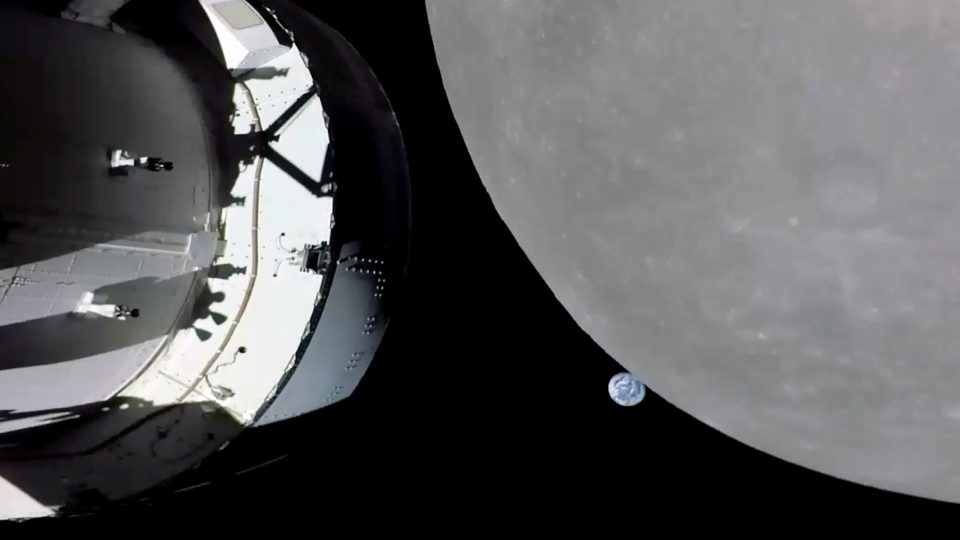NASA’s Orion capsule, a new type of spacecraft designed to send future astronauts into deep space, successfully entered orbit around the Moon on Friday.
The uncrewed spacecraft ignited its main engine at 4:52 pm ET for 1 minute and 28 seconds, sending it into what NASA said was a distant retrograde orbit, accomplishing the main goal of the agency’s Artemis I mission.
The mission is to demonstrate to humanity the functionality and safety of the Orion capsule. The vehicle will stay in an elongated lunar orbit next week, allowing NASA to test how the vehicle’s hardware will perform in the radiation-filled environment of deep space.
NASA’s Artemis program includes multiple missions to return humans to the Moon within the next decade for the first time since 1972. It also plans to send the first woman and person of colour to the Moon’s surface.
Artemis 1 blasted off from Florida’s Kennedy Space Centre in the early morning hours of November 16, when NASA’s new Space Launch System rocket sent its Orion rocket into orbit. The strong take-off caused damage to the launch pad, but the new rocket operated smoothly, NASA officials said.
After launch, Orion spent the first five days of its lunar space journey. On its sixth flight day, the Orion capsule buzzed across the lunar surface, coming within 81 miles (130 kilometres) of the Moon, at one point passing directly by the Apollo 11 landing site, where humans first landed on the Moon in 1969.
As it passed the far side of the Moon on November 21, Orion fired up its main engine for two and a half minutes, allowing it to enter lunar orbit on Friday as planned. The engine burn and Friday’s burn helped put Orion into lunar orbit.
In space, the capsule experienced some glitches that NASA sometimes called “funnies.” These include problems with the Orion star tracker used for space navigation, and communications failures, though none of these mishaps has jeopardised the mission so far.
NASA plans to have Orion leave lunar orbit on December 1, fly close to the Moon on December 5, and finally land under a parachute in the Pacific Ocean on December 11.
 Live
Live

